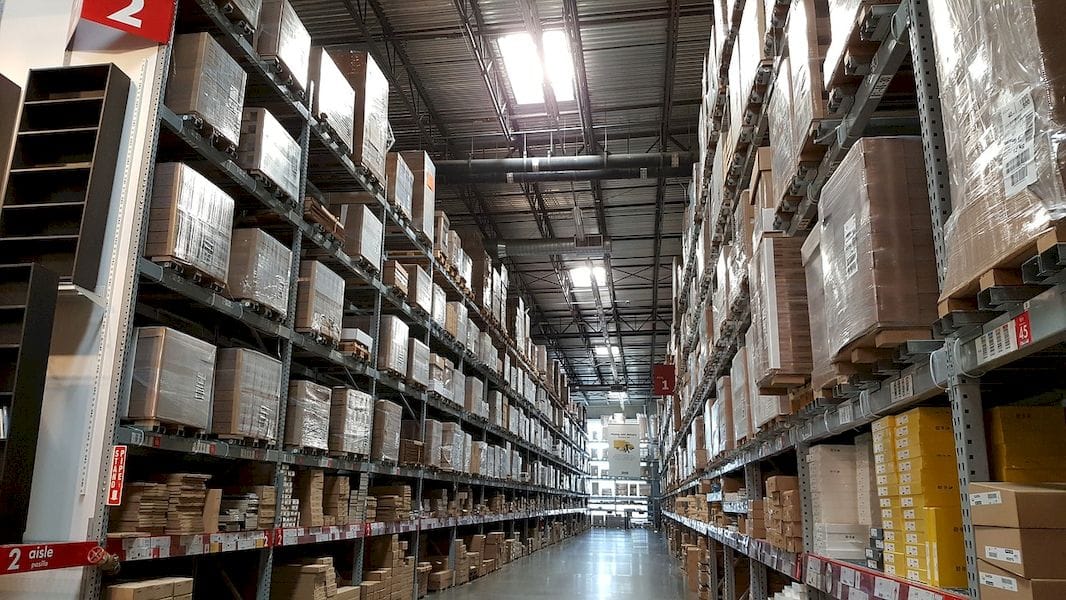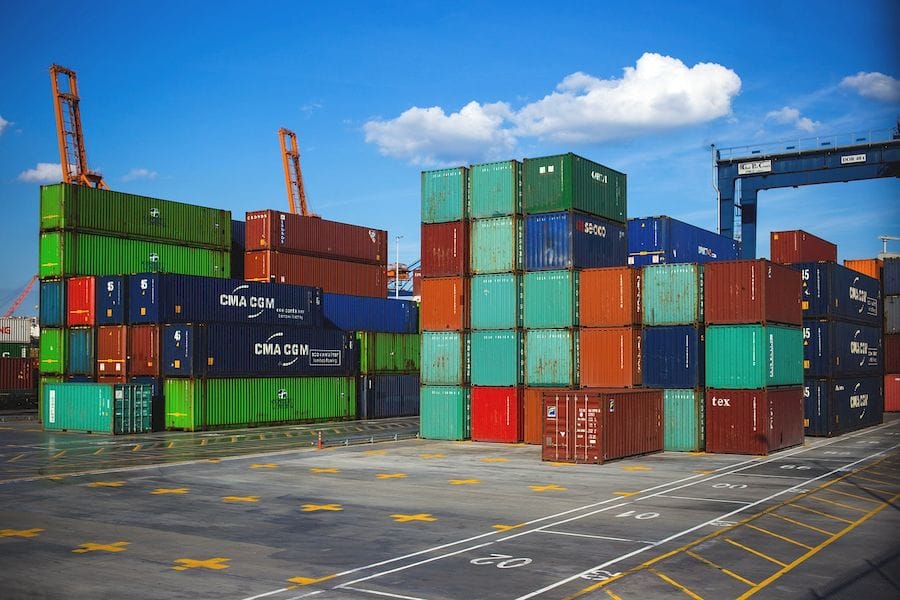
Additive manufacturing, or what you know as 3D printing, will be incredibly disruptive across many industries.
One could argue it will incite the biggest change ever experienced on a global scale.
In prototyping and design, it realizes concepts or products in-house, without ever dealing with a third-party manufacturer or in-house manufacturing department. Once a plan or final design is chosen, teams can print and manufacture said products locally in rapid time.
In architecture and construction, 3D printing can build structures, properties and residential dwellings in a safe, efficient and automated manner. Many materials can be used, including metals, concrete and plastics.
Industries where 3d printing makes its mark include aerospace, automotive, mobile telecom, healthcare, retail and the modern supply-chain. More than half of brands predicted they would spend more funds on 3D printing services and solutions throughout 2017. Additive manufacturing technology will change the face of the modern warehouse, as we know it.
Here are some ways this will happen.
Hello Automation, Goodbye Snail Processes
A significant portion of manufacturing will become automated, doing away with a reliance on human labor and large workforces. Furthermore, speed and efficiency could optimize processes to increase output, without sacrificing quality or material properties. This is a huge leap forward and may reverse globalization which has primarily driven industry and consumption in recent history. This could further develop a decreased reliance on transportation and shipping or related costs.
If products and goods are manufactured locally, this cuts down on the huge costs of transporting materials, items and finished goods back and forth between third-parties. Not only will the warehouse of the future become a more smoothly-operating machine, but manual processes of the past will also be restructured to an unprecedented degree.

A Radical Decrease in Logistics Costs
Traditionally, suppliers build parts for a product or item, then ship these components to an often distant assembly plant. This is may no longer be as necessary because suppliers can incorporate 3D printers on the shop floor, creating and assembling the parts locally and reducing or possibly even eliminating the middleman. Only raw materials will need to exchange hands for just-in-time fabrication.
You have to understand, however, “raw materials” for 3D printing are radically different than conventional materials like wood, stone, concrete and plastic. Filament, packaged plastic pellets and powder made in precise chemical mixes are the raw forms of 3D printing materials. This alone could reduce distribution and transportation costs, but that becomes even less so when you consider you can fit more 3D print-raw materials per volume than pre-made subcomponents. Steel components, for example, might take up a ton of space on a transport vehicle. The same weight of 3D printing materials takes up considerably less volume because it’s packaged and distributed differently.
More Efficient Transportation Methods
Pallets are used to store large quantities of items, and have been for a long time now. Choosing the right type of pallet is crucial to a successful and reliable transportation process.
Over the past couple of decades, distributors and suppliers have switched from wood to plastic-type pallets, which are now preferred. Just imagine the cost savings if said pallets could be printed in-house using 3D printing technologies? Furthermore, the pallets could be customized to brand and product-specific designs. Imagine a pallet that safely secures and houses unorthodox packaging? This could be a new and widely used 3D printing application.
3D pallet printing is still in its infancy, but expect to see a lot more of it very soon.
Barriers to Entry Will Evaporate
In the past, it’s been decidedly tough to get into the manufacturing and development industry, let alone compete once you’ve earned a place at the table. Additive manufacturing, however, could dramatically lower tooling costs allowing new companies and organizations to use the same equipment and tools to produce a variety of parts and goods.
This will lower barriers to entry across a wide swath of industries, including manufacturing. New players will enter markets, armed with the appropriate speed, agility, efficiency and reliability to make an impact right out of the gate. And all of this will be possible with a minimal up-front investment.
Introducing Manufacturing as a Service
Manufacturing has always remained service-related, but not to the extent it will be thanks to 3D printing and related technologies. In the past, prototyping and design were done by one party — the information was then passed to a manufacturer, reviewed and submitted for true production.
Now, entire teams can do all this work, themselves, in-house. That also means smaller brands and organizations can become the new face of manufacturing. A design firm, for instance, could offer a 3D printing and manufacturing service on the side. Furthermore, it opens up many new opportunities. The files and blueprints needed to print 3D objects, for example, must be created by someone. Entire teams could dedicate themselves to creating these files, offering them for sale, without ever touching an actual printer or handling manufacturing of any kind.
This will also open a host of consumer-level manufacturing as service firms, similar to apparel printing we’ve seen for years. The average consumer will design, order and build their own products using a remote 3D printing service.
Retail-Based Manufacturing
Retailers have already seen the potential of the technology and begun experimenting with in-store or on-location printing services for smaller or simple parts. This will also open up a world of opportunity in the retail industry. Imagine blueprints and files to create unique prints sold on the market, in-store or online. Imagine local stores or printing shops which allow anyone and everyone to walk in, print up an object and pay for the development done on-site.
This will bypass traditional manufacturing, supplier, distribution and transportation channels. Furthermore, it will cut down on the immense reliance on these channels. Retailers who print in-store or on-site, for example, will only need raw materials and design files — both of which can be shipped or transferred at an incredibly minimal cost compared to traditional distribution costs.
The Logistics Business Will Soon Be Fueled by 3D Printing
3D printing will slip in and take its place along nearly every step of the supply chain, simply because it’s budget-friendly and efficient. More importantly, however, it can help improve manufacturing, distribution, prototyping, design and just about everything related to modern logistics. Exploring some of the ways it will change the modern warehouse reveals how impactful and disruptive the technology really is.
3D printing is expected to become a $20.2 billion global industry by the end of the decade — quadrupling in value and size by 2020. It’s coming folks, and it’s coming fast.

